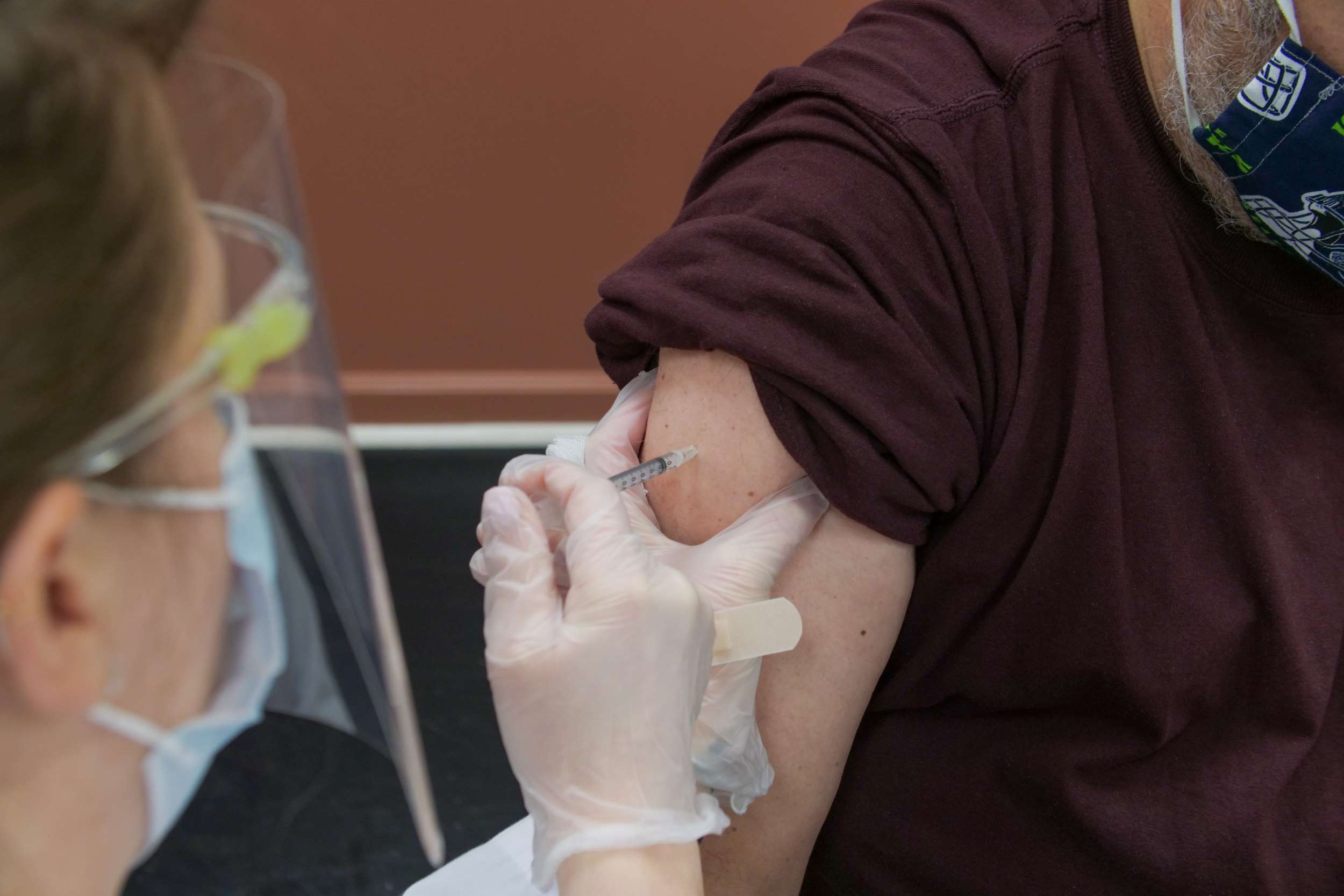Canada’s largest general contractors, PCL Construction and EllisDon, are implementing vaccination verification requirements in the continued effort to provide safe workplaces for their employees.
Both companies are committed to the wellbeing of their employees, business partners, clients and communities, and safety is a core value that guides everything they do. The requirement to have employees fully vaccinated is part of that overall commitment.
EllisDon and PCL will require Canadian employees working at any location on company business to be fully vaccinated for COVID-19 by November 1, 2021. As of this date, testing will not be offered as an alternative to full immunization.
Any employee may request an exemption to the vaccination verification requirement due to proven medical condition(s) and other applicable human rights grounds.
“Being fully vaccinated is the most effective way to reduce the spread of COVID-19,” said PCL’s President and CEO, Dave Filipchuk. “PCL has instituted strict safety protocols throughout the pandemic, and this vaccination requirement is the next step in our ongoing commitment to keeping employees, clients, business partners and our communities safe. We are especially pleased to participate in this initiative with EllisDon a respected industry peer. It is our hope that most general contractors and subtrade partners across Canada will soon join us.”
“Our dedication to safety will never waver,” said Geoff Smith, President and CEO, EllisDon. “Protecting and taking care of each other, and our families, speaks directly to the values we champion at EllisDon each and every day.”
PCL and EllisDon will continue to comply with existing protocols and rules with respect to physical distancing, masking, screening, rapid testing, personal protective equipment and any other measures intended to reduce the transmission of COVID-19.
The vaccination requirements support similar efforts from our business partners and their broader communities to lower transmission rates, reduce the severity of infections, avoid strain on our healthcare systems, and limit the pandemic’s wide-ranging negative social and economic impacts.
Featured image: Photo by Steven Cornfield on Unsplash











